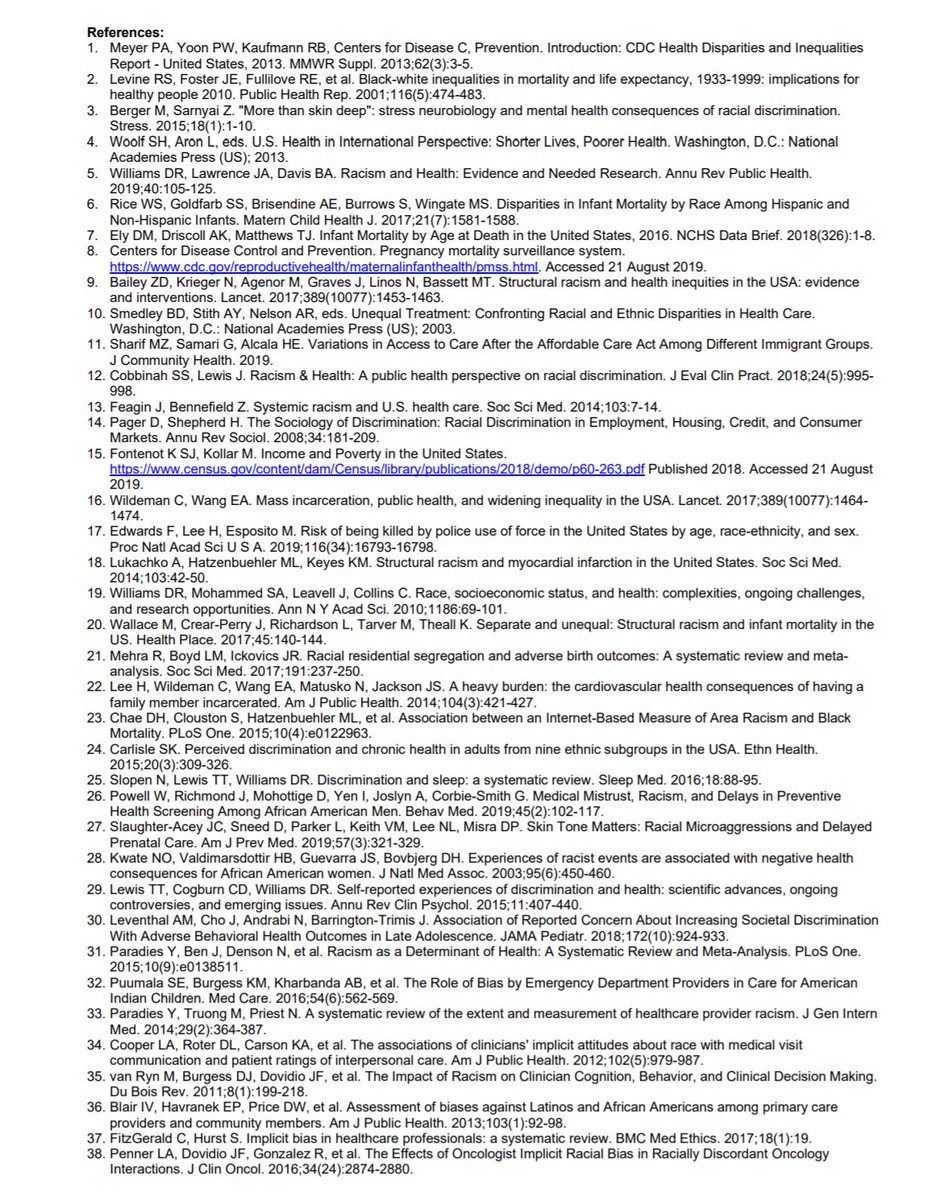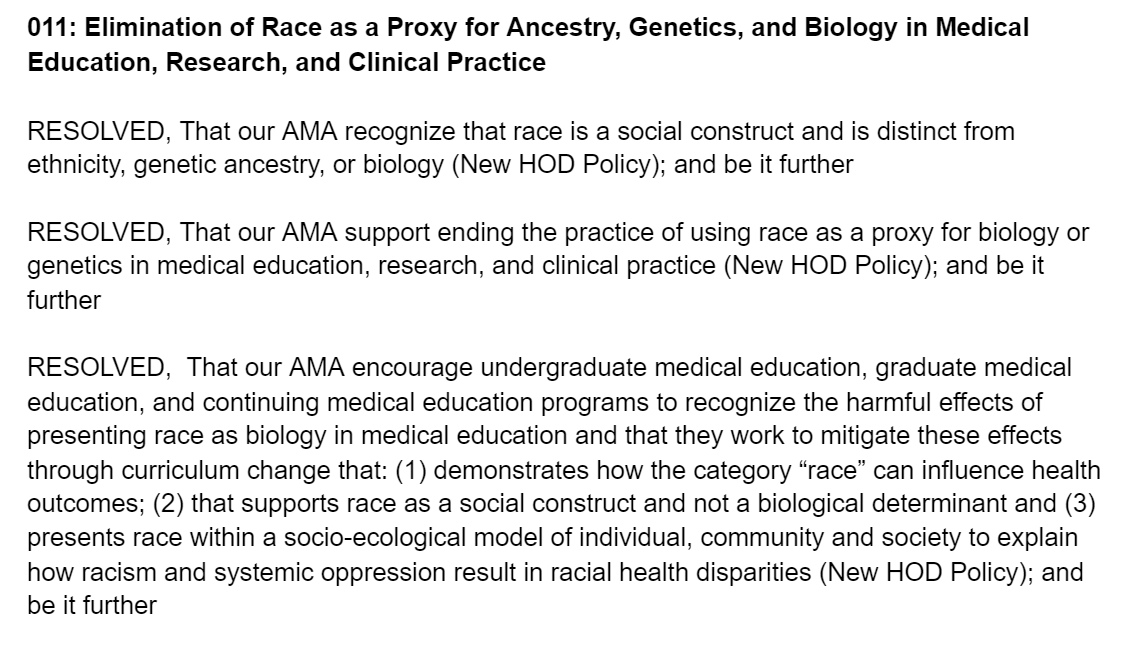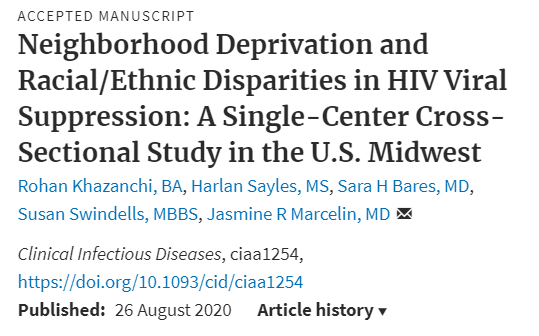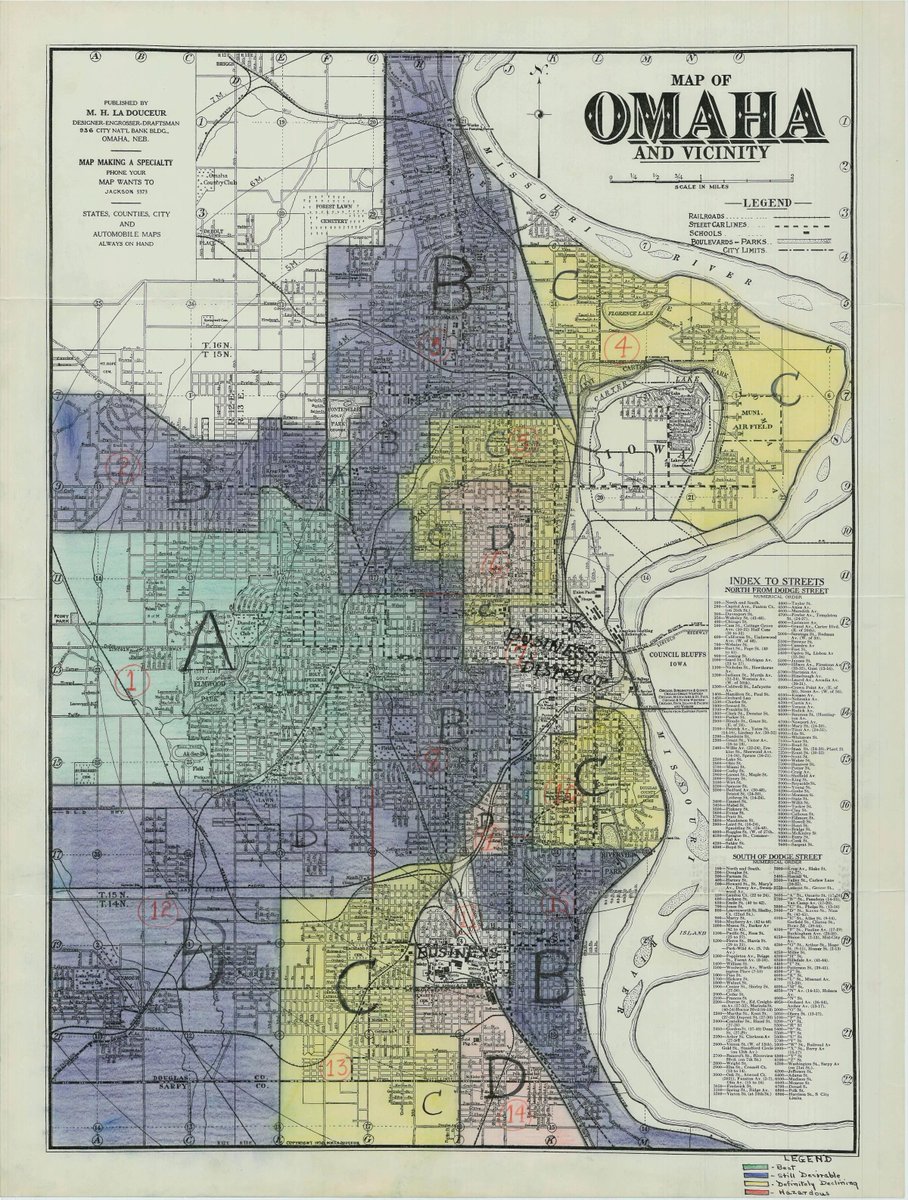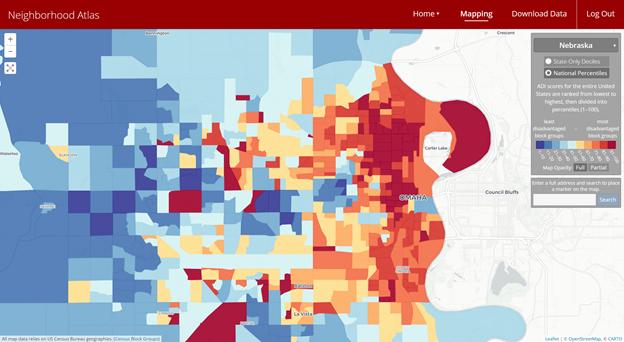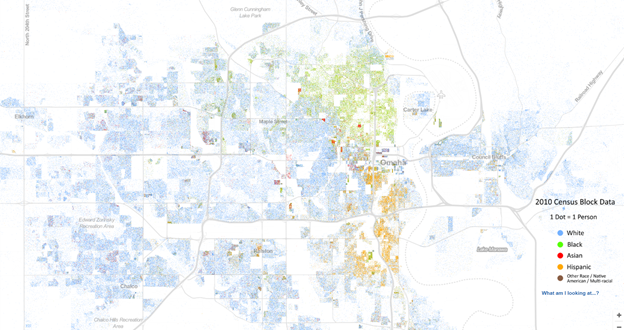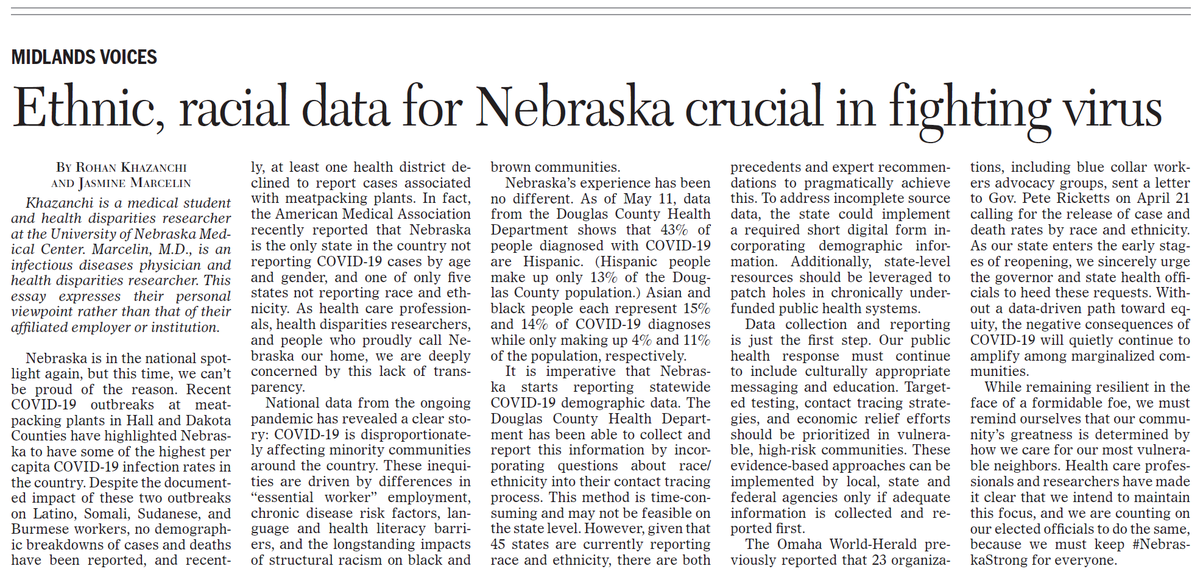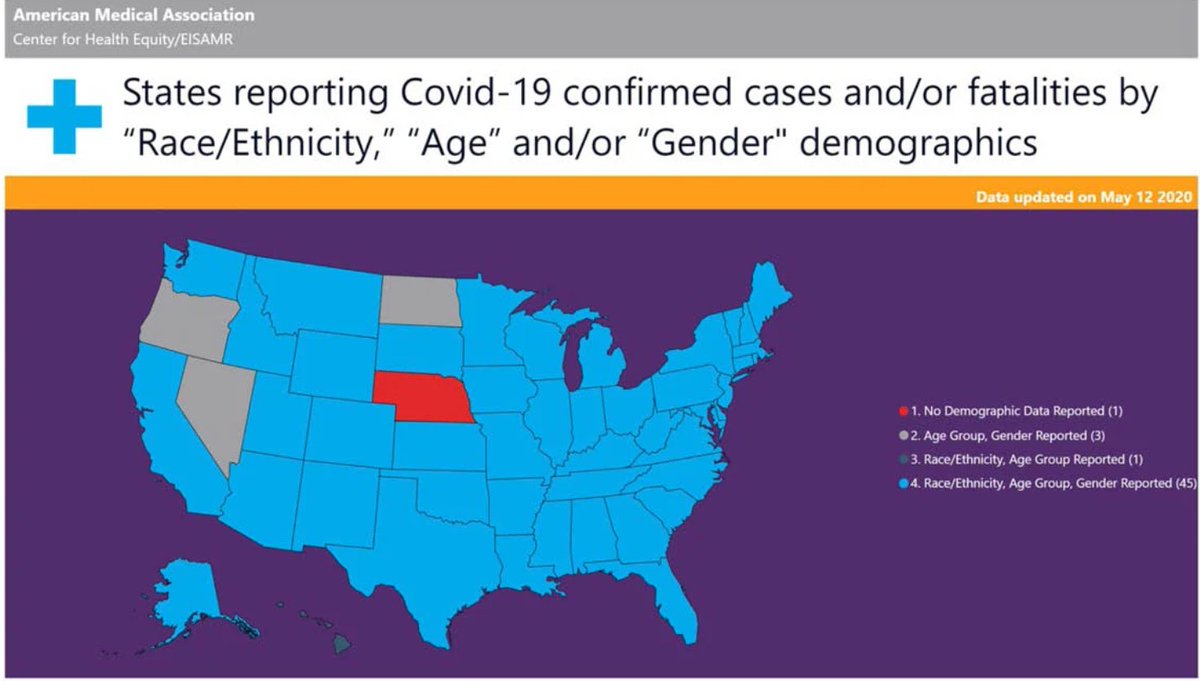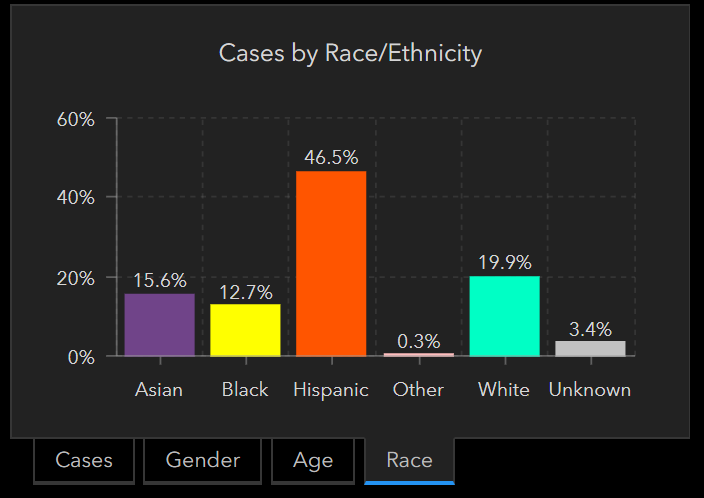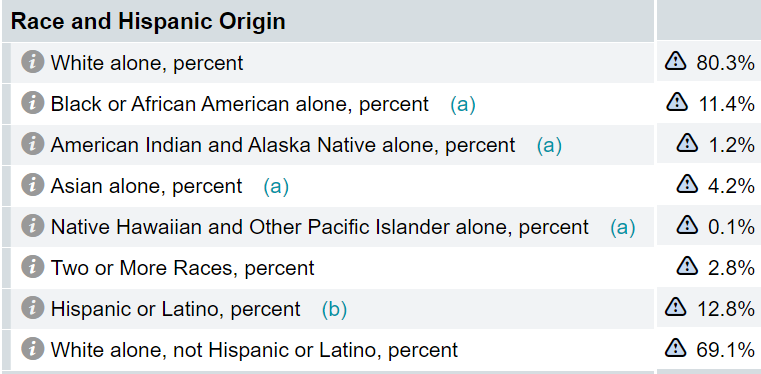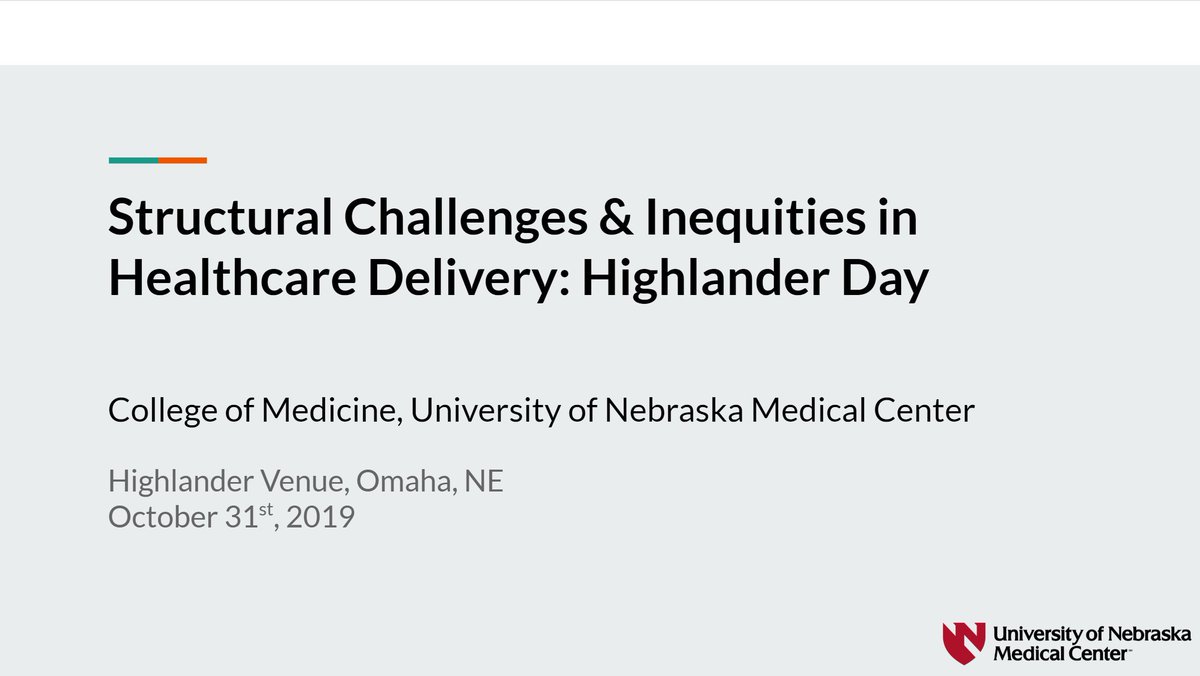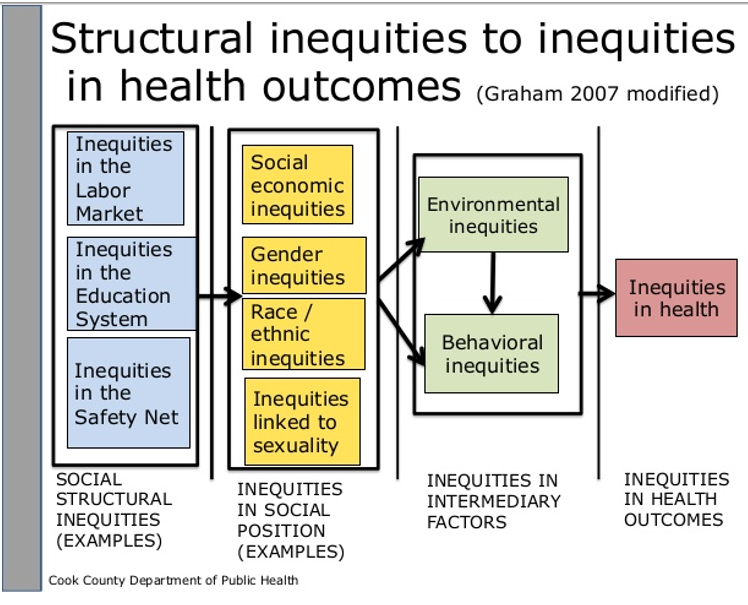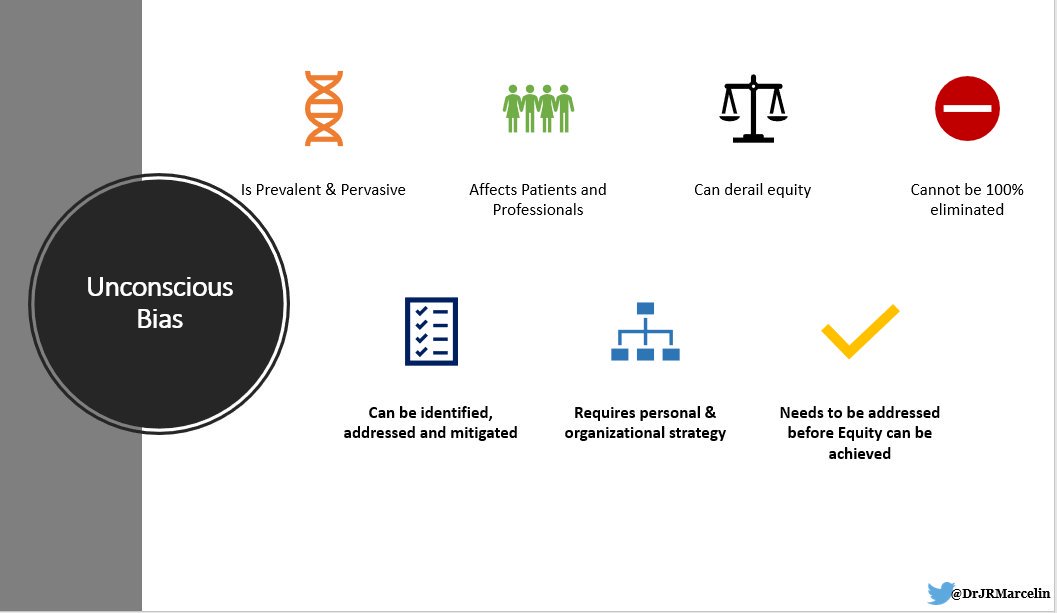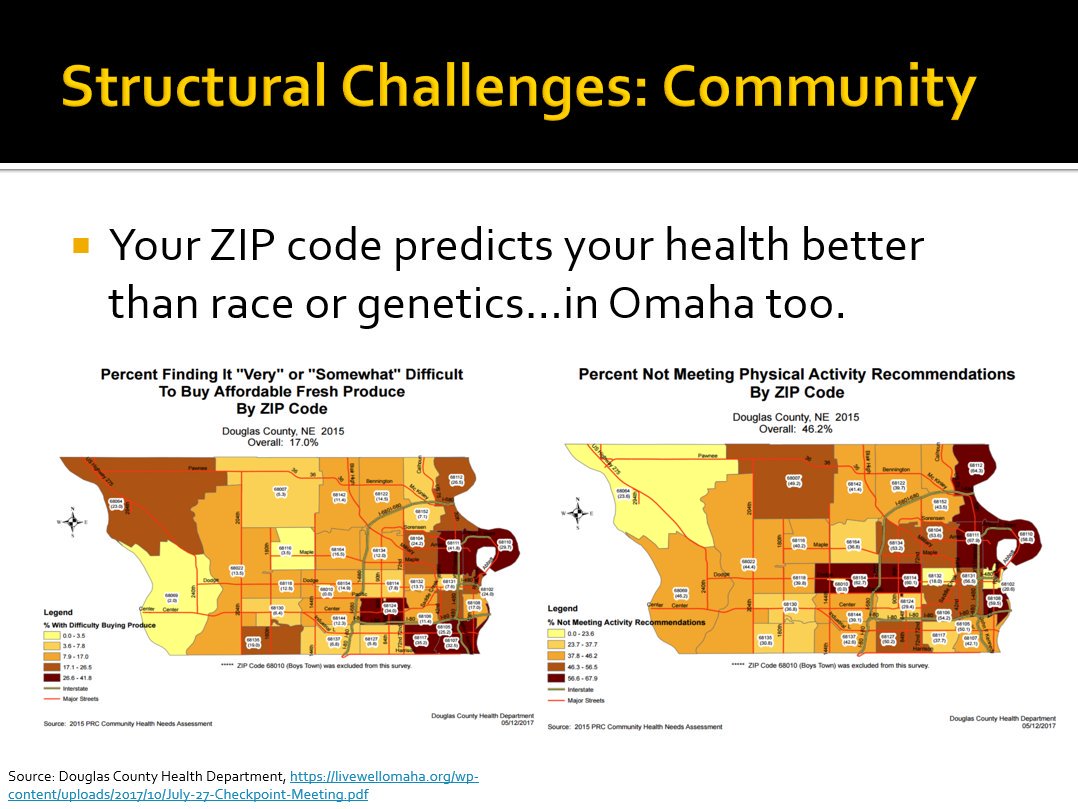
1/ BREAKING from #AMAmtg: AMA HOD just adopted a report by the @AmerMedicalAssn's Council on Medical Education which aims to begin redressing the harms of the #FlexnerReport.
As a Councilor on CME who is invested in health justice, this is a report I am jazzed about. 🧵
As a Councilor on CME who is invested in health justice, this is a report I am jazzed about. 🧵
2/
I learned about CME's role as a sponsor of the Flexner Report well before joining the Council, bc the downstream consequences have been huge.
The Report closed 5/7 Black medical colleges, diminishing the projected # of Black docs today by >35k 👇🏽
jamanetwork.com/journals/jaman…
I learned about CME's role as a sponsor of the Flexner Report well before joining the Council, bc the downstream consequences have been huge.
The Report closed 5/7 Black medical colleges, diminishing the projected # of Black docs today by >35k 👇🏽
jamanetwork.com/journals/jaman…
3/
When CME began our report on pathway programs & workforce diversity, it was clear we needed to address our history. As we (@DrAlethaMaybank @FaithCrittenden @glass_heff_full) wrote in @Health_Affairs, this was a chance to go beyond declarative advocacy.
healthaffairs.org/do/10.1377/hbl…
When CME began our report on pathway programs & workforce diversity, it was clear we needed to address our history. As we (@DrAlethaMaybank @FaithCrittenden @glass_heff_full) wrote in @Health_Affairs, this was a chance to go beyond declarative advocacy.
healthaffairs.org/do/10.1377/hbl…
4/
CME's report has a number of important recommendations:
✅Advocate for HBCU, HSI, TCU funding with goal of achieving population parity in the health workforce
✅Create a commission to guide AMA's work on truth, reconciliation, & healing in medicine + MedEd
CME's report has a number of important recommendations:
✅Advocate for HBCU, HSI, TCU funding with goal of achieving population parity in the health workforce
✅Create a commission to guide AMA's work on truth, reconciliation, & healing in medicine + MedEd
5/
✅Recognize how systems of oppression contribute to underrepresention/exclusion/marginalization in #MedEd by race, ethnicity, sexual orientation, disability status, and gender identify
✅Recognize the harm of the Flexner Report on physicians, HBCUs, and patients
✅Recognize how systems of oppression contribute to underrepresention/exclusion/marginalization in #MedEd by race, ethnicity, sexual orientation, disability status, and gender identify
✅Recognize the harm of the Flexner Report on physicians, HBCUs, and patients
6/
✅Commission & enact a new, forward-looking, cross-continuum study of #MedEd focused on racial justice, workforce diversity, and ameliorating inequitable outcomes
✅Study interventions to improve equity in residency selection (eg, address AOA/GHHS disparity, ATLAS tool, etc.)
✅Commission & enact a new, forward-looking, cross-continuum study of #MedEd focused on racial justice, workforce diversity, and ameliorating inequitable outcomes
✅Study interventions to improve equity in residency selection (eg, address AOA/GHHS disparity, ATLAS tool, etc.)
7/
Let's be clear: this report is not a standalone end-game.
But, by redirecting resources of AMA & others in #MedEd, I hope we can make a dent in the "wicked problems" of improving workforce diversity & mitigating health inequities.
medscape.com/viewarticle/95…
Let's be clear: this report is not a standalone end-game.
But, by redirecting resources of AMA & others in #MedEd, I hope we can make a dent in the "wicked problems" of improving workforce diversity & mitigating health inequities.
medscape.com/viewarticle/95…
• • •
Missing some Tweet in this thread? You can try to
force a refresh




